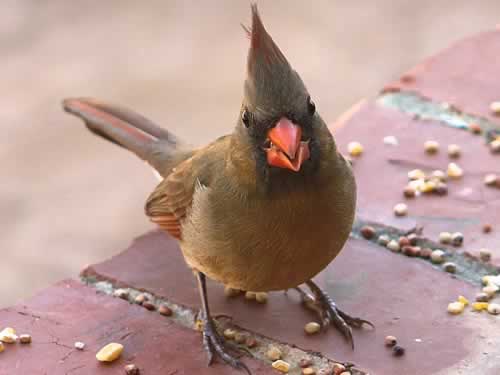
Where to see them: Different finches can be seen on different islands. This has given them an alternative name – vampire finch. Although most populations feed mainly on seeds, those finches found on the small and remote islands of Wolf and Darwin often drink the blood of large seabirds, such as boobies. Sharp-beaked ground finch ( Geospiza difficilis ). Least Concern. They will also feed on a range of other vegetative foods and invertebrates. During other times of the year, they will feed on Opuntia seeds and fruit. When the Opuntia are in flower, the finches feed almost exclusively on pollen and nectar. As their name suggests, they feed mostly on Opuntia cacti. This finch is one of the most variable of the finches in appearance and they feed on a range of foods including Opuntia cacti.Ĭommon cactus finch ( Geospiza scandens ). Least Concern. Large cactus finch ( Geospiza conirostris). One of the most common species of finch, found throughout the Islands. Small ground finch ( Geospiza fuliginosa ). Least Concern. These finches are found on a number of the islands and feed mainly on seeds. They have large, short beaks for cracking large seeds and nuts. The largest of Darwin’s finches both in size and beak size. Large ground finch ( Geospiza magnirostris ). These finches are small and have distinctive short, curved beaks which they use to mostly feed on insects. This finch is only found in the highlands of Floreana. This species has a large, powerful bill with a thick base and is found on a number of the islands. Large tree finch ( Geospiza psittacula ). It can use a twig, stick or cactus spine to dislodge invertebrates from trees. This finch is well-known for its use of tools. Woodpecker finch ( Geospiza pallida ). Vulnerable. These rare finches are only found in a small area on Isabela. Mangrove finch ( Geospiza heliobates ). Critically Endangered. These finches are found mostly on smaller, drier islands. Grey warbler finch ( Certhidea fusca ). Least Concern. Until 2008, it was thought that this was the same species as the grey warbler finch. Green warbler finch ( Certhidea olivacea). You can find out more about identifying Darwin’s finches in our blog here. These include diet, habitat, and beak size and shape.



They famously evolved to have different beaks which are suited to different food types such as large seeds and invertebrates, allowing them to occupy different niches.ĭarwin’s finches are all very similar in shape, size and colour, but there are a few differences which can help when identifying them. Once the original grassquits arrived at Galapagos, they diversified and adapted to the different environments found on the Islands, eventually becoming different species. It is thought that their ancestor, and closest known relative, is the dull-coloured grassquit, which is found on mainland South America. They are not actually true finches – they belong to the tanager family. The 14 th finch is the Cocos finch which is found on Cocos island, Costa Rica. Likewise, if you plan on keeping an aviary of mixed finch species, consult an experienced finch breeder first, because some finch species can be aggressive toward other finch species, especially during breeding season.Ī finch will thrive on a pelleted base diet, such as Lafeber’s Premium Daily Diet specifically designed for finches, supplemented with fresh greens and other vegetables, grubs, eggfood and some seed.Darwin’s finches, named after Charles Darwin, are small land birds, 13 of which are endemic to the Galapagos Islands. Consult an experienced finch breeder to see which same-sex finch pairs are most likely to get along. Some finches can be housed in same-sex pairs (a male finch with a male finch or a female finch with a female finch) to avoid the possibility of breeding but it depends on the finch species as well as possibly the time of the year. If you house pairs of finches together, be prepared for possible offspring, especially if the finches are provided a nest (small wicker-basket) and nesting material.

Finches are flock animals and thrive when housed with other finches (do not house a finch with a parrot because a parrot can injure a finch). A horizontal cage is a must (as opposed to a vertical cage). These birds should remain fully flighted instead of having trimmed wing feathers. Finches need spacious housing, especially since they spend most, if not all, of their time inside their enclosure.


 0 kommentar(er)
0 kommentar(er)
